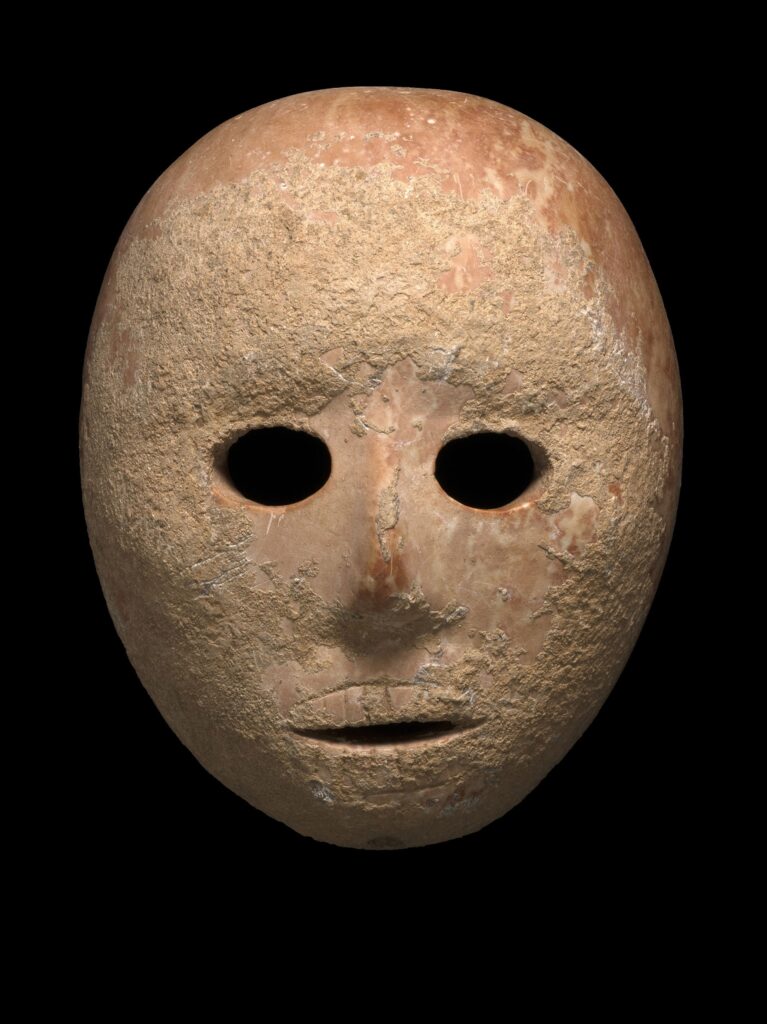Perched on an extinct volcanic hill in Rhineland-Palatinate’s Brohltal region, Olbrück Castle (Burg Olbrück) is a striking relic of medieval history. Built in the late 11th century, this fortress was strategically placed to defend the Eifel landscape and control regional power dynamics. Over the centuries, it has witnessed both decline and revival, leaving behind a […]
Category Archives: HISTORY MAGAZINE
The Elephant Gate at the historic Carlsberg Brewery in Copenhagen, Denmark, stands as an iconic symbol of artistic craftsmanship and industrial strength. Designed in 1901 by Vilhelm Dahlerup, a celebrated Danish architect, this architectural gem blends functionality with rich symbolism, capturing the ethos of Carlsberg’s global legacy. Design and Symbolism The Elephant Gate is an […]
In the summer of 2023, a significant discovery was made in a farmer’s field near Norton Disney, Lincolnshire: a bronze Roman dodecahedron, buried for nearly 1,700 years. This intriguing artifact, unearthed during an amateur dig, has reignited interest in the mysterious objects found across the Roman Empire, raising questions about its purpose and offering new […]
The French close helmet, dating to around 1630 CE and now housed at the Metropolitan Museum of Art, is a striking example of 17th-century craftsmanship. Made from steel, gold, wrought iron, and brass, this helmet merges functional military design with lavish artistry, showcasing the skill and wealth of its owner. A Masterful Fusion of Materials […]
The Giant Pot of Amathus, a limestone masterpiece from ancient Cyprus, is currently housed in the Louvre Museum in Paris. Dating back to the 7th-5th century BCE, this monumental vessel stands 187 cm tall and weighs an impressive 14 tons. Its remarkable size and intricate design make it a significant example of Cypriot art from […]
The Cairo Museum houses countless treasures, yet among them, the statue of King Ramses III stands as a crowning jewel. This extraordinary work of art encapsulates the artistic brilliance, spiritual depth, and cultural sophistication of ancient Egypt. Standing proud and flanked by the gods Horus and Seth, Ramses III embodies the intricate balance of power […]
The Queen’s Apartments in the magnificent Palace of Versailles stand as a testament to the grandeur and complexity of French monarchical life. These spaces, rich in history and artistry, provide a glimpse into the lives of the queens who once occupied them. At their heart lies the Queen’s Bedchamber, a room of unparalleled significance that […]
The ancient Nuragic civilization, which thrived on the island of Sardinia during the Bronze Age, has left behind one of the most intriguing and enigmatic legacies of prehistoric architecture. Among the most remarkable structures from this period is the Nuraghe Diana in Quartu Sant’Elena. Part of the broader Nuragic heritage, this well-preserved megalithic tower provides […]
A nearly 2,000-year-old Roman gold ring was uncovered in the tomb of Aebutia Quarta near Rome, showcasing remarkable craftsmanship. The ring features a carved rock crystal depicting her son, Titus Carvilius Gemello, with an intricate engraving that manipulates light to create a lifelike holographic effect. Artistic Significance The ring’s detailed carving is a rare example […]
In the shadow of Mount Vesuvius, archaeologists in Pompeii have uncovered one of the most poignant and striking discoveries in the history of ancient Roman archaeology: the perfectly preserved remains of a horse, still saddled and poised for travel, buried beneath layers of volcanic ash for nearly 2,000 years. Found in the Villa of the […]










